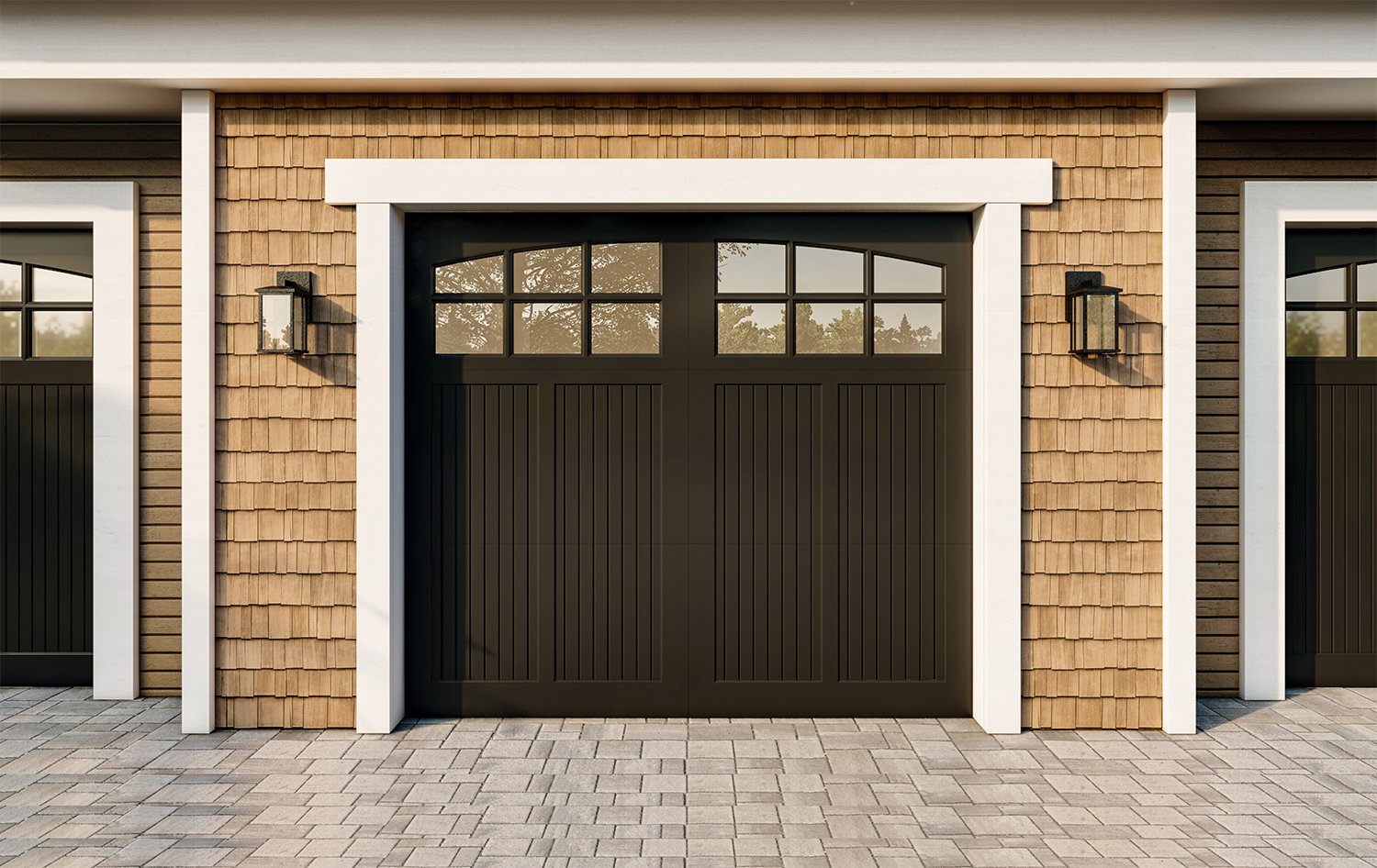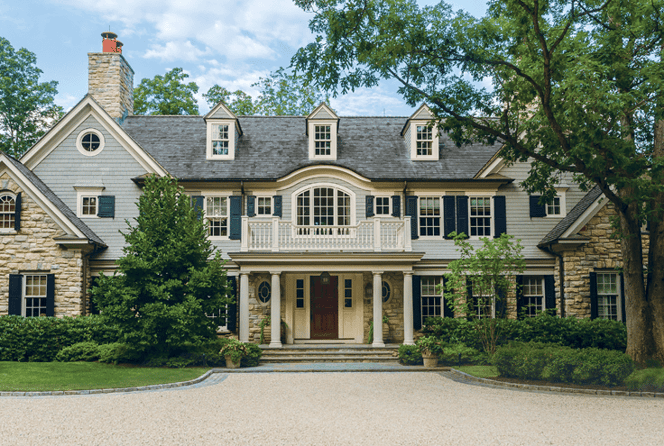
Properly fitting exterior shutters enhance a home’s curb appeal, and they can also augment a home’s privacy and energy efficiency if the shutters are operable.
Although shutters are well suited for a variety of window types and home styles, not every window category calls for shutters. Following is a look at some common residential window designs that pair perfectly with exterior shutters, as well as a few styles for which a different window treatment may be preferable.
Shutter-Friendly Windows
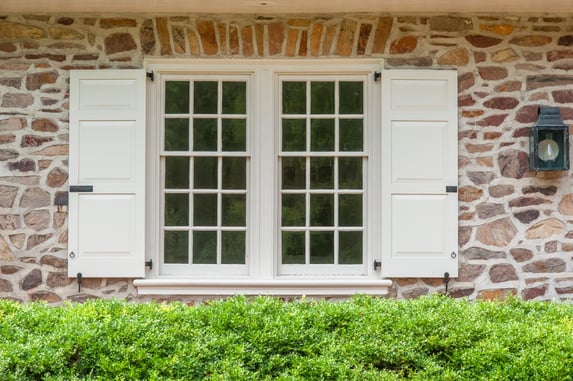
In general terms, shutters are suitable for windows that can be enclosed by operable shutters or appear as if they could be covered by decorative shutters. Shutters can be used in harmony with square, rectangular and arch-top windows.
Functional shutters and ornamental shutters alike are widely used with window types that include:
Double-Hung Windows
Double-hung windows, aka double-sash windows, feature two sashes that can slide up and down independently. Some double-hung windows are built so the sashes can tilt outward and inward.
Vertical, square-top, double-hung windows are among the most popular home window styles, and they’re especially beneficial for upper-floor rooms where greater ventilation control is desired. Double-hung windows accommodate functional and decorative shutters in any style that complements the home’s overall aesthetic.
Single-Hung Windows
Single-hung windows are stylistically comparable to double-hung windows, although they feature one stationary sash and one movable sash. The sliding sash may move up and down, or tilt outward and inward.
Single-hung windows provide less airflow than double-hung windows, and on multi-story homes single-hung windows are more frequently used on the lower levels. Like double-hung windows, single-sash windows pair beautifully with any shutter style that befits the home design.
Casement Windows
Casement windows are hinged on one side and swing open outwardly, often by a hand-crank. Casement windows may be used singly or in pairs that share a common frame.
Casement windows were more widely employed before the invention of sliding, sash-style windows, but they’re still favored for rooms where top-to-bottom airflow is desired. Any style of decorative shutters may be paired with casement windows, but operable shutters may require special considerations depending on how the casement windows open and close, and where any applicable mechanism is located.
Sliding Windows
Also known as gliding windows and slider windows, sliding windows are similar to double- and single-hung windows, but they open and close horizontally. Sliding windows typically have two movable panels, though they may have more depending on their configuration.
Gliding windows also offer excellent airflow control, and their lack of mechanical features like hand-cranks makes them one of the most affordable window options. Their design simplicity allows sliding windows to welcome nearly any exterior shutter style.
When to Consider Shutterless Windows
Some window types and shutter styles are deeply ingrained with certain home architecture designs. For example, a French Country home with arch-top, lower-level windows and square upper-story windows that are frequently accented by rustic board-and-batten shutters.
Yet some homes and windows are designed to be shutter-free and may be better served by another window treatment such as blinds if the interior demands more privacy and light control. Architectural Digest called shutters on the wrong window types one of the 10 most common home facade fails.
Architectural Digest recommends avoiding exterior shutters with window types that include:
Dormer Windows
Dormer windows are used on the upper stories of some homes with sloped or pitched roofs in which the window boxes for attics, lofts or vaulted ceilings extend beyond the plane of the roof. Dormer windows rarely have ample room to the sides of the windows for exterior shutters.
Bay Windows
Bay windows combine stationary and operable windows in an arrangement that projects from the home. Bay windows often consist of broad center windows framed by narrower side windows that angle outward, a format that’s not conducive to exterior shutters.
About Timberlane Shutters: Peerless Style and Performance
/avid-traveler-builds-family-oasis-featured-2.png?width=650&height=486&name=avid-traveler-builds-family-oasis-featured-2.png)
Timberlane is dedicated to making the world’s finest shutters, and we have nearly three decades of experience handcrafting custom shutters for historic buildings and luxury homes.
For additional information about matching shutter styles, window types and home designs, see our illustrated House & Shutter Pairing Guide. Our knowledgeable design team can also guide you through shutter styles, materials, colors and personalization options.
We love collaborating with homeowners and trade professionals to create the ideal shutters for each project. When you’re ready to learn more about custom shutters or request a quote, connect with Timberlane.
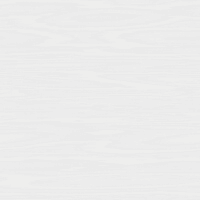
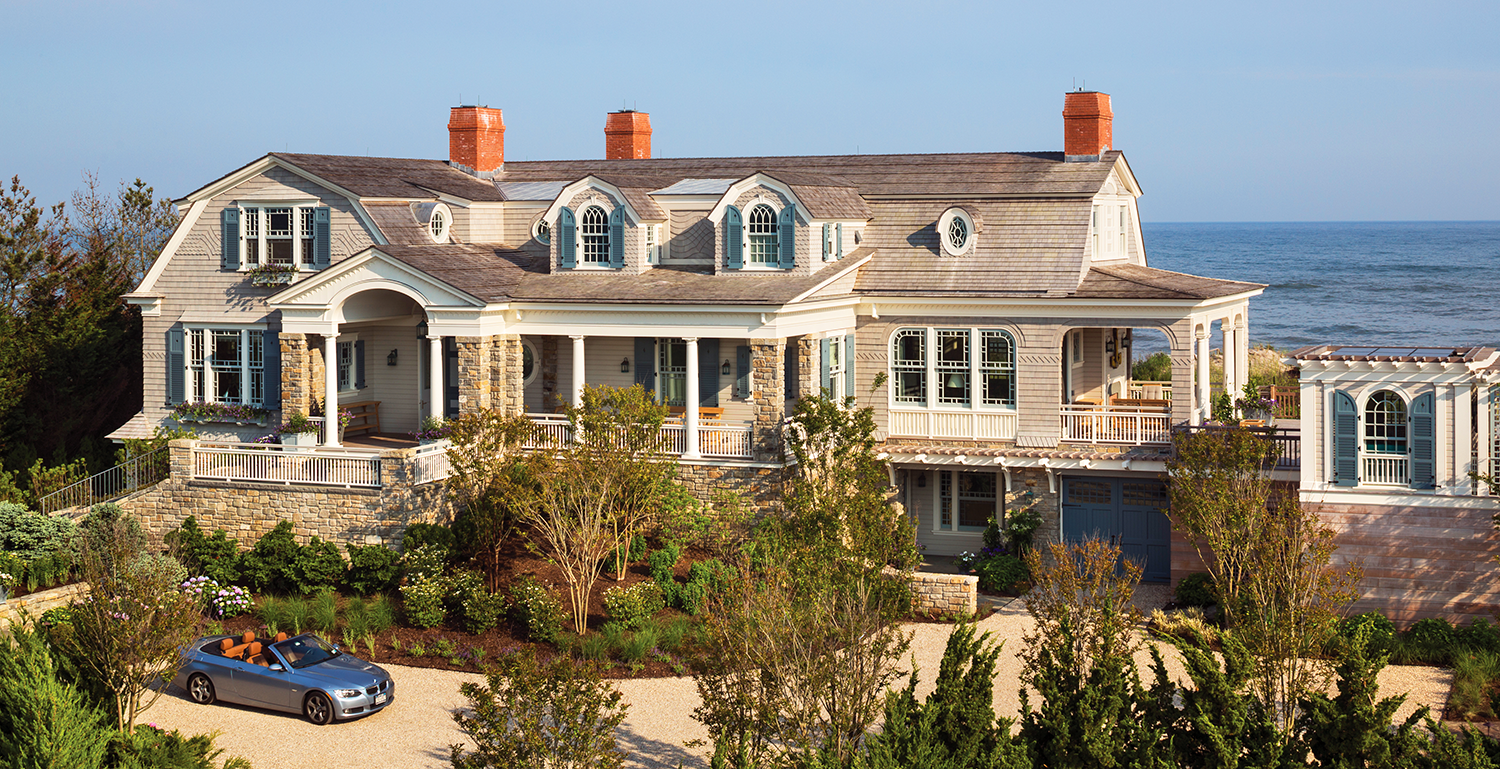
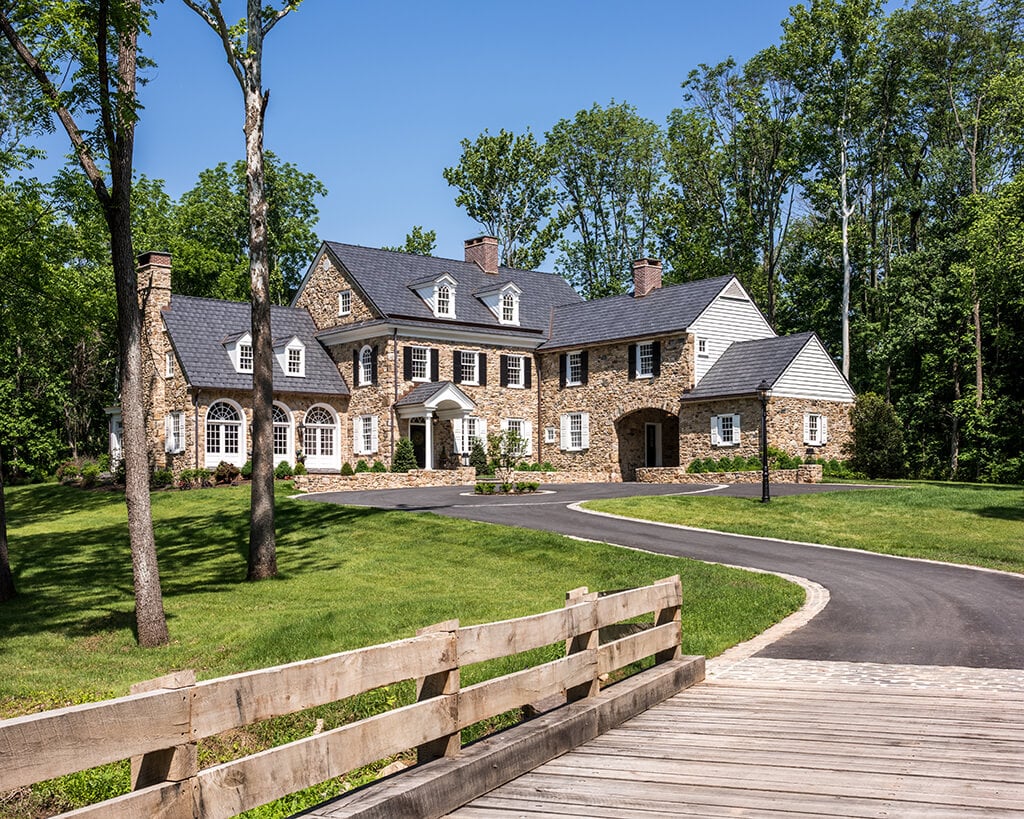
black-louver-shutters-on-a-white-home-3.png)
